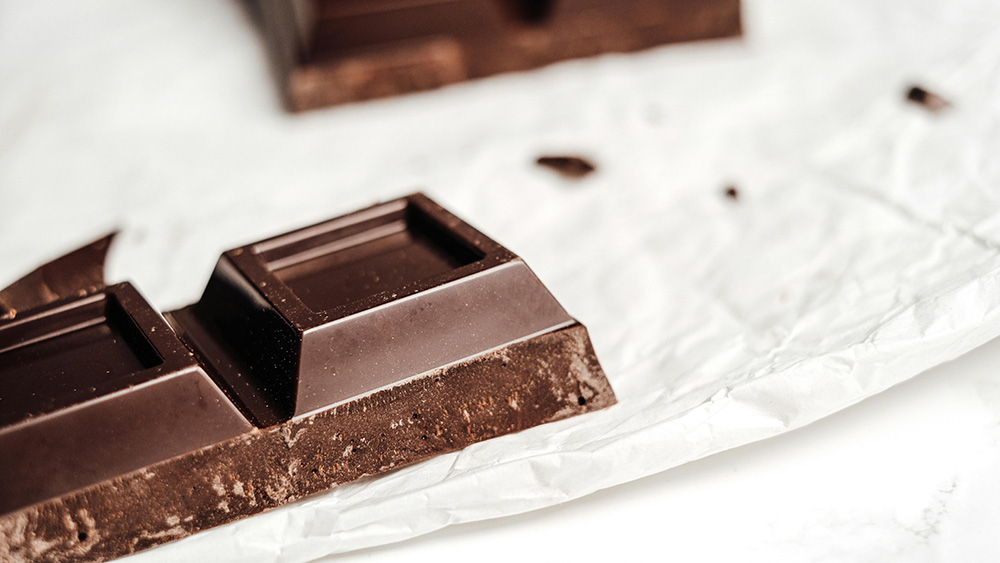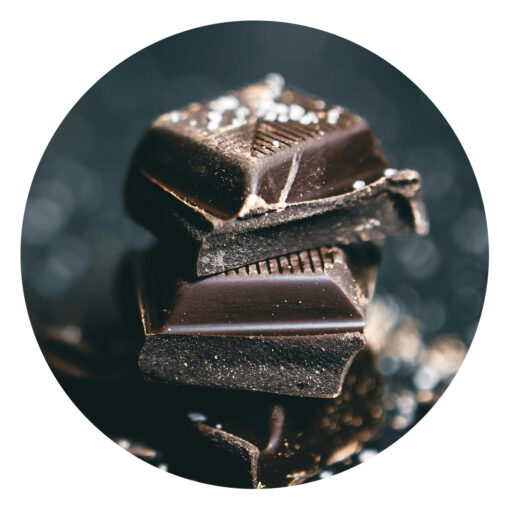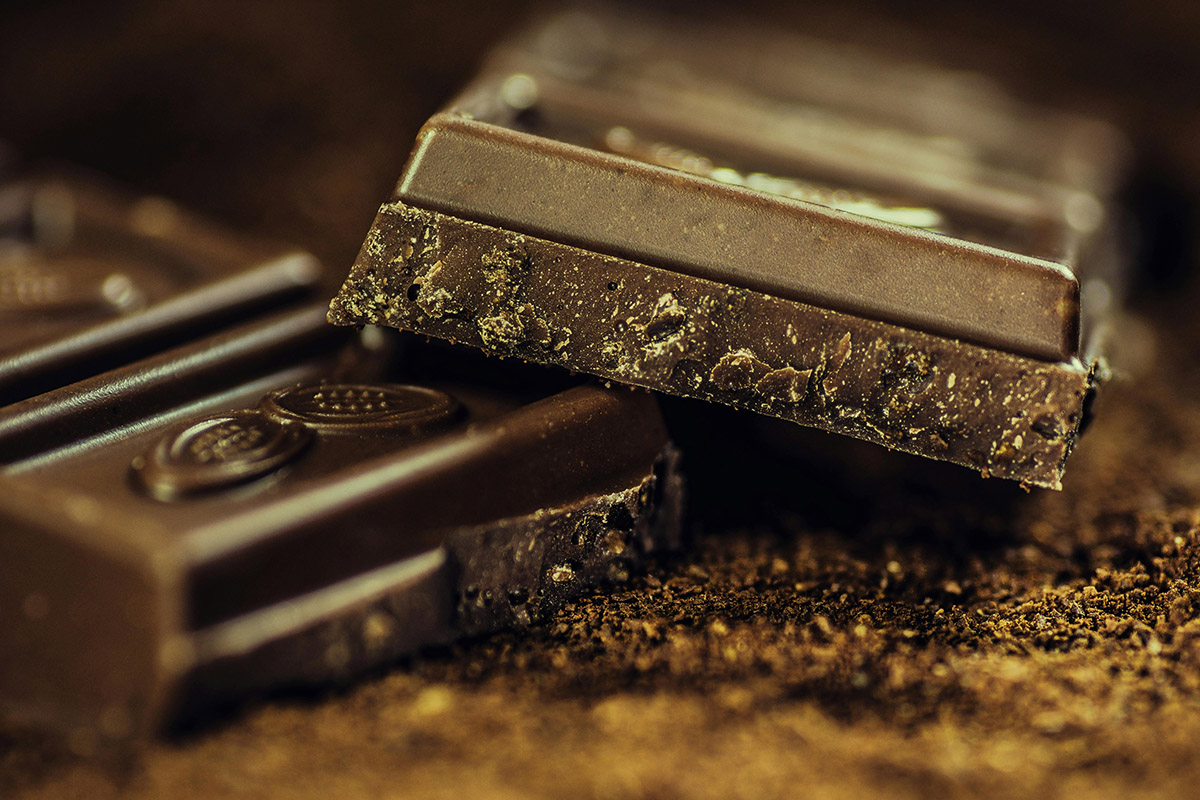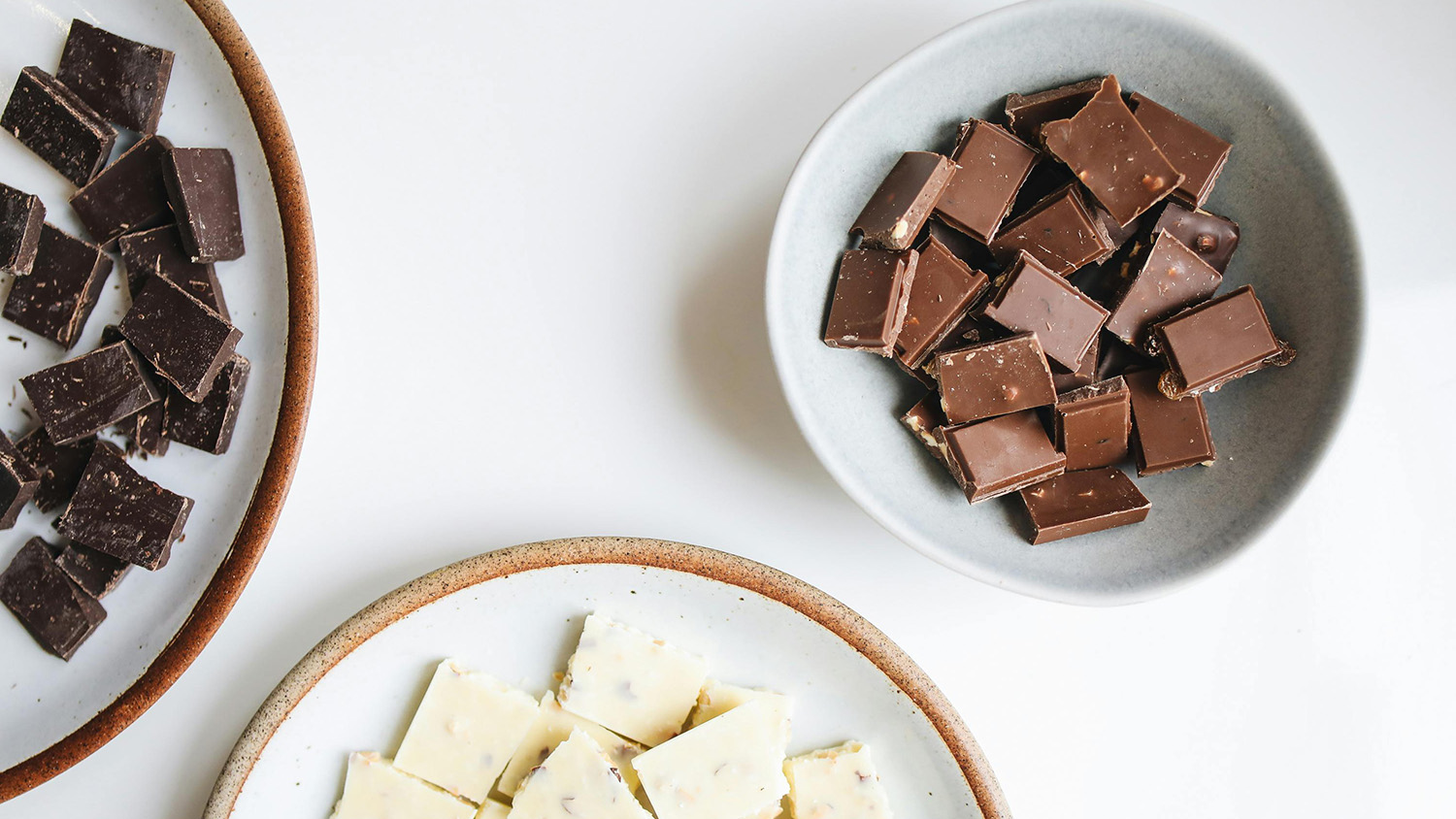The main difference is that dark chocolate is made from roasted cacao beans, often with added sugar, while raw chocolate is made from unroasted cacao beans processed at low temperatures This processing difference means raw chocolate retains more natural enzymes, antioxidants, and minerals, resulting in a more potent, less refined product, while dark chocolate is more refined and typically contains added sugar and sometimes milk.
Well, if you love dark chocolates, it comes with its own health benefits too! You can refer to this for more. I have summarised it below for you!

Protection against vascular endothelial disorders
Regular dark chocolate consumption lowers blood pressure and delays cardiovascular disease.
Cocoa flavonols increase nitric oxide (NO) activity, improving blood vessel dilation and microcirculation.
Improves endothelial and platelet function, even in smokers.
Protection from diabetes
Enhances insulin sensitivity and reduces insulin resistance.
Epicatechin boosts NO production and activates PI3K/Akt and ERK1/2 pathways, promoting insulin secretion and glucose uptake.
Procyanidins lower post-meal blood glucose and support GLUT4-mediated glucose transport.
Protection from oxidative stress
Rich in antioxidants that neutralize free radicals, reducing cell damage, aging, and cancer risk.
Increases glutathione levels and mitochondrial function via PGC-1α activation, enhancing energy metabolism and preventing cell death.
Amelioration of obesity
Cocoa polyphenols inhibit fat cell formation by blocking key transcription factors (PPAR-γ, C/EBP-α) and fatty acid synthase expression.
May help manage weight and reduce fat accumulation.
Maintenance of a healthy lipid profile
Lowers total and LDL cholesterol by reducing cholesterol absorption and biosynthesis.
Minimizes lipid peroxidation without affecting HDL or liver glutathione levels.
Stimulation of brain function
Improves blood flow to the brain, enhancing cognitive performance and mood.
Increases nerve growth factor and theobromine levels, promoting brain activity and alertness.
Anti-inflammatory effects
Boosts anti-inflammatory cytokine (IL-10) expression while reducing pro-inflammatory responses.
Regulates immune cell activity and reduces inflammatory mediator secretion.
How Dark Chocolate Is Roasted (just that you know the difference a little better)
When making dark chocolate, one of the most important steps is roasting the cocoa beans. This is the stage that gives chocolate its rich flavor, dark color, and delicious smell.
The beans are usually roasted at temperatures between 120°C and 150°C (about 250°F to 300°F) for anywhere from 5 minutes to 2 hours, depending on the recipe and desired taste.
During roasting:
– The beans’ natural sugars and carbohydrates begin to break down and react, creating the chocolate’s distinct flavor and aroma (this is called the Maillard reaction—the same thing that makes toasted bread brown and tasty).
– The texture becomes drier and crisper, making it easier to grind the beans into cocoa mass later.
– However, roasting also causes a loss of some nutrients and antioxidants, especially the polyphenols and flavonoids that make cocoa healthy. These are sensitive to heat.
– If the roasting is done with too much heat or too long, more antioxidants are destroyed. But if the beans are roasted too quickly at a slightly higher temperature, some nutrients may actually be better preserved.
– Maintaining a little humidity (about 5%) during roasting helps protect some of these beneficial compounds.
– Some simple sugars (like glucose and fructose) are reduced, while more complex ones (like sucrose) stay the same.
The fiber and natural plant components mostly remain stable.
In summary, roasting cocoa beans is like carefully toasting them — it develops the flavor and aroma we love in dark chocolate, but too much heat can burn away some of the healthy antioxidants. Chocolate makers try to find the perfect balance between taste and nutrition.








